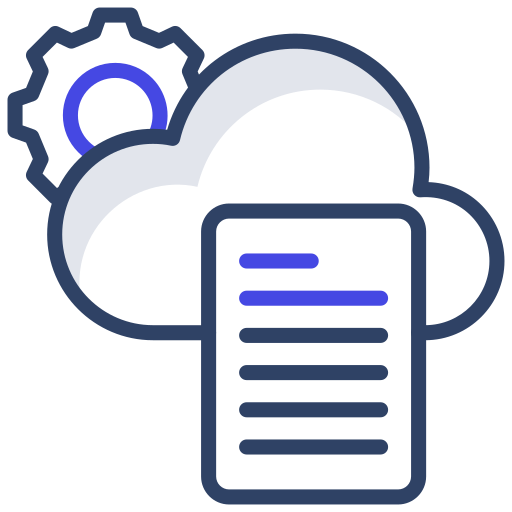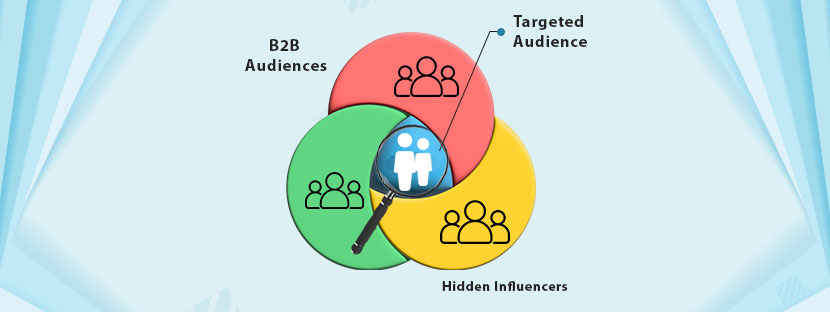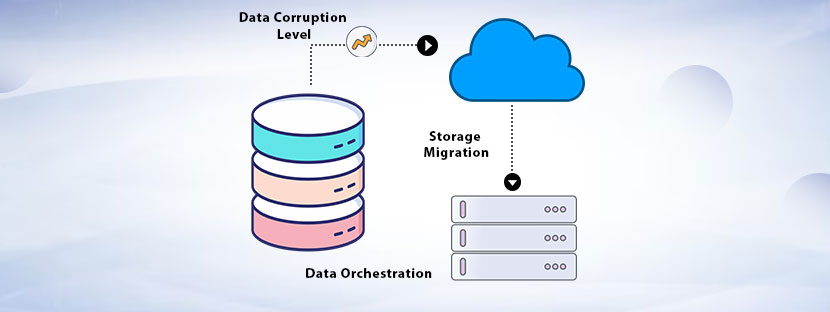Data Transformation Services
Smoothly transfer your business data from one platform to another with our assistance. We help you manage your data during the transfer and after. With the best application of conversion methods, we swiftly channel your data for faster transfer. Presenting our data transformation services for this need!

25,000+
Projects
9+ years
Experience
ISO
Certified
15,000+
Satisfied Clients
99.99%
Accuracy
Application of Data Engineering for Smooth Transformation
For a business, it is essential to ensure all its data is arranged in proper format and in one place. Added to that, the cleanliness of the data also matters a lot when it comes to maintaining a database. However, the entire data ecosystem would become fruitful when data stored in the databases get transmitted across the system freely. With our data transformation services, we help organizations to get a smooth data flow into the system. Our data engineers apply the right tools and methods to smooth the transformation. As a result, your data will be flown into your operation without any hurdles.

Types of Data Transformation Services We Cover
Parser
Convert any format (including text, PDF, HTML, or HL7) to XML format. The output of the parser will always be in XML format.
Mapper and XMap
Convert source document in JSON or XML format into another JSON or XML structure. It generates output like a parser but is more structured.
Serializer
Convert XML or JSON files into any format irrespective of their structures. The output format can be any type including text, HTML, or PDF.
Transformer
It modifies the data including adding, removing, converting, or changing the text. It can also run as a stand-alone component with the parser, mapper, and serializer.
Streamer
Breaks multi-gigabyte data streams into small segments. It processes documents that have multiple records in them. For eg, EDI or HIPAA files.
Perform ETL (Extract, Transform, & Load) Operations for Database
Transforming one data format to another is a complex as well as detailed process. At AskDataEntry, we follow a different method, which includes the ETL. It’s a simple 3-step formula to make datasets actionable. It starts with extracting data from multiple sources using different methods. In the second step, the data gets transformed into a standardized format. In the final stage, the data gets loaded into a targeted database. We deploy algorithms that have pre-defined rules into the system to make the data into a suitable format.
ETL Techniques Where We Gained Expertise
A continuous range of datasets is divided into smaller groups, buckets, or bins. This technique is most useful in sorting out surveys, questionnaires, and other data sources where the data range is continuous. For example, in a survey related to the date of birth, we can segment different birth years into different buckets.
Combing similar datasets into a single database is the main task included in aggregating the data. This technique performs well while data from various departments gets consolidated into a single database. The e-commerce industry uses this technique the most for getting refined datasets. For eg, an e-commerce brand can aggregate data from FB and Snapchat ads for its marketing campaign.
Making the database free from all errors is the primary need of any organization. Thus, our data transformation services include data profiling, validation, data cleansing and transformation, and many more. We verify and match each dataset with predefined rules and standards. For eg, if our API detects a null value then our team will put “o” as a value to maintain the database error-free.
The main transformation comes when the data gets freed from all types of duplication issues. At AskDataEntry, we adopted a semi-automated duplication detection method to eradicate similar-looking errors. We always try to find out the root cause of the duplication issues to eliminate them permanently. In most cases, we solve duplicate issues in Excel during data analytics and digital transformation itself.
Creation of new elements from the existing elements utilizing logical as well as mathematical applications. The data it creates might have new values and it might have additional metrics. Because it has been created from two existing datasets, that have solid information. For eg, converting global currencies into local currencies or vice versa needs derivation techniques.
Weeding out unnecessary data is a part of the filtering process. With the application of a fixed formula or criteria, specific elements from the database get excluded. Filtering helps to use the data for specific purposes as it allows breaking down elements into small parts. We are the experts in filtering the data as per your data requirements.
AskDataEntry’s USP on Data Transformation Services
Check Out the Latest Case Studies
Check out how we help other industries with our robust data entry solutions! Explore more case studies.
Client Experiences


We were impressed by the professionalism and dedication of AskDataEntry’s team in handling our data project. They meticulously performed ELT of relevant data from complex sources, providing us with valuable insights for our business. Their data transformation services are superior in quality.
Elena M., Business Consultant of a Multinational Company. New Zealand
Transform Data into Your Desired Format Seamlessly!
Digital transformation of data is made simple with our data transformation services. We, as a team, help you throughout the process. With the help of cutting-edge technology, we make the transformation process smooth and simple. Let’s fill up this form and get our team enrolled in your process.















